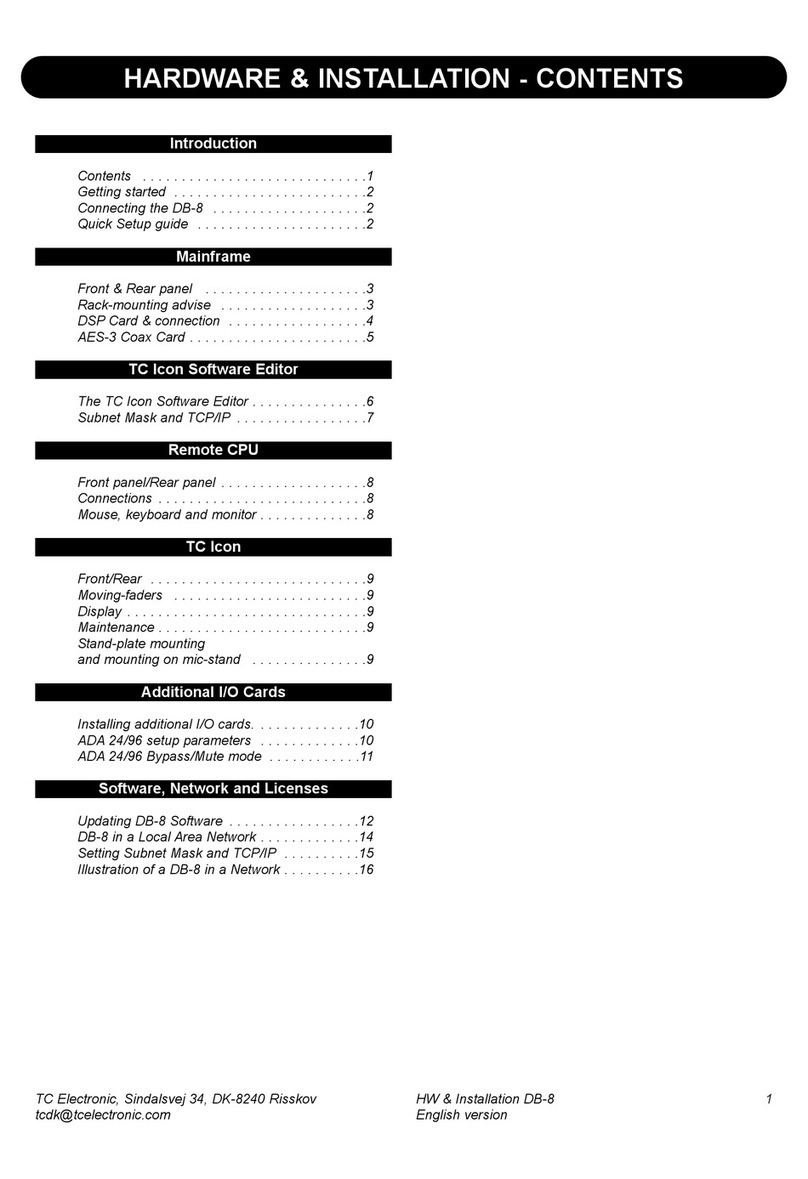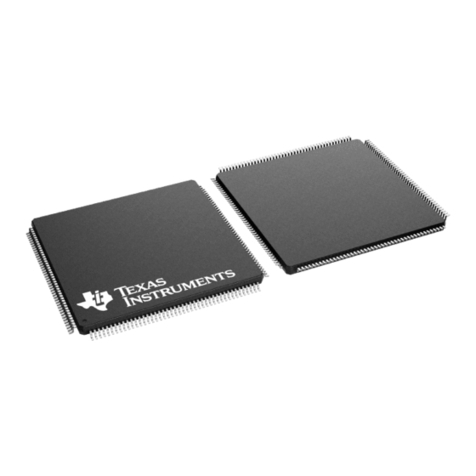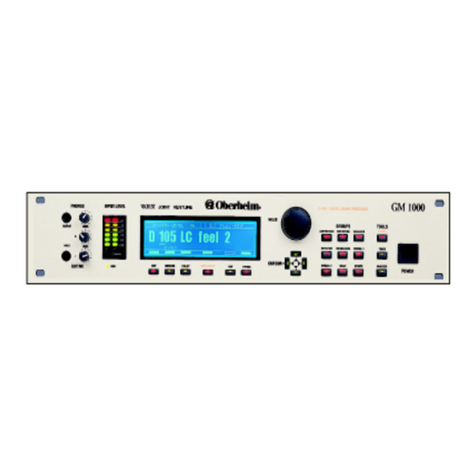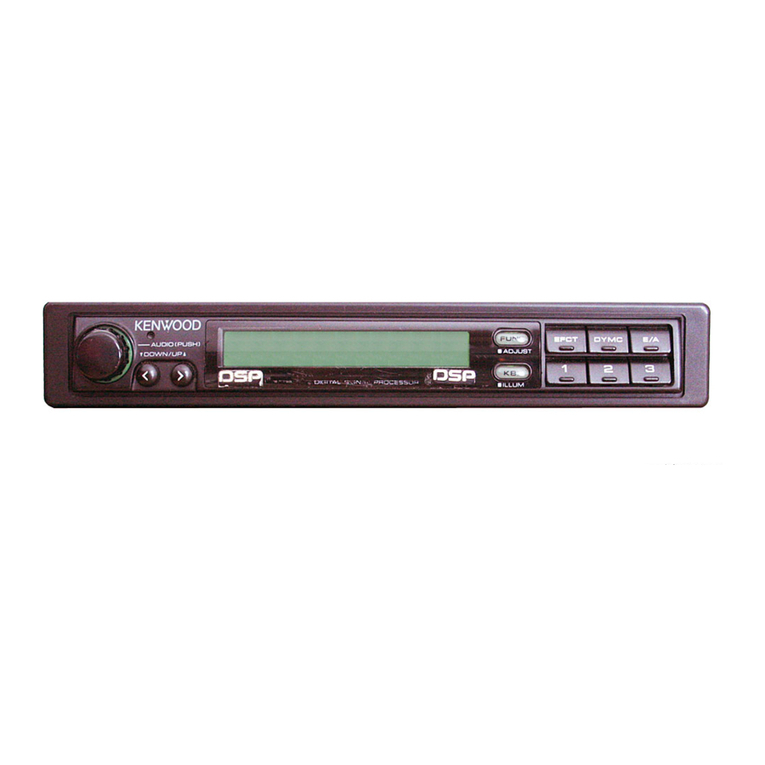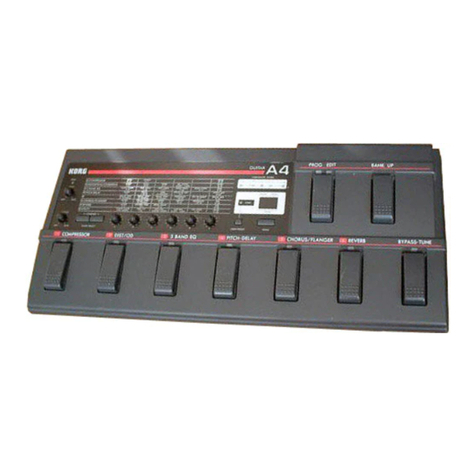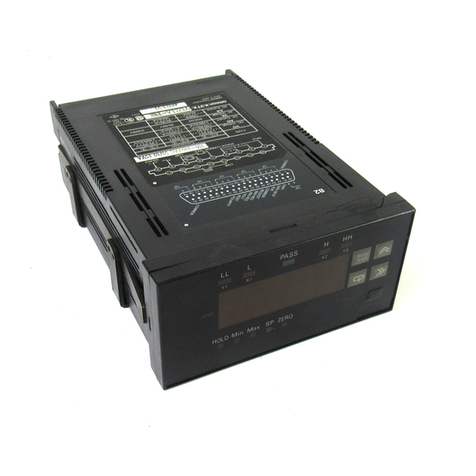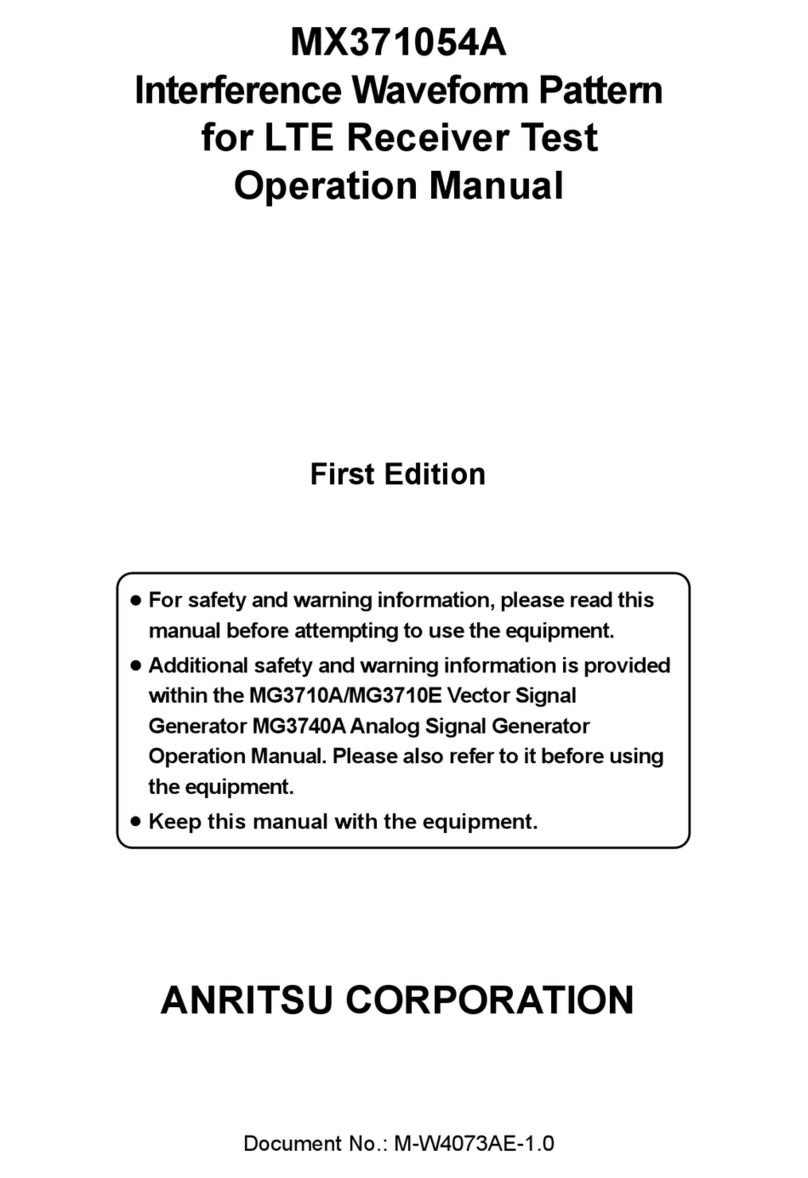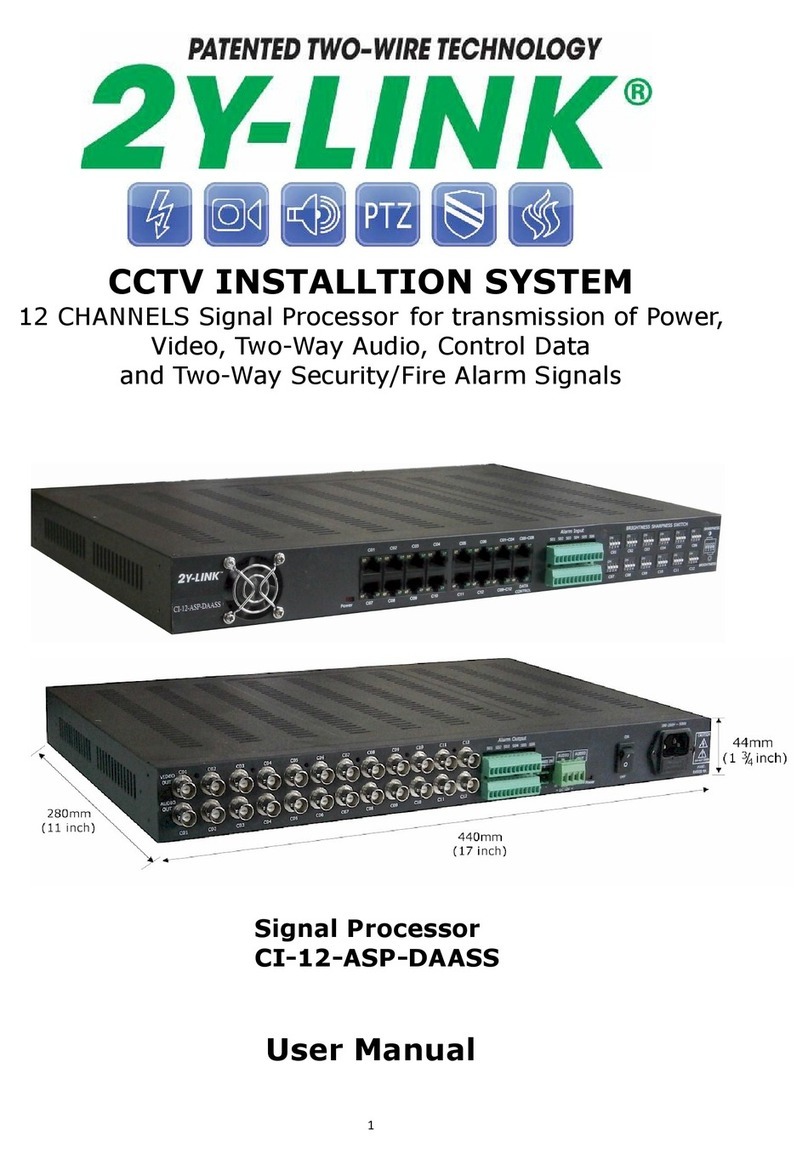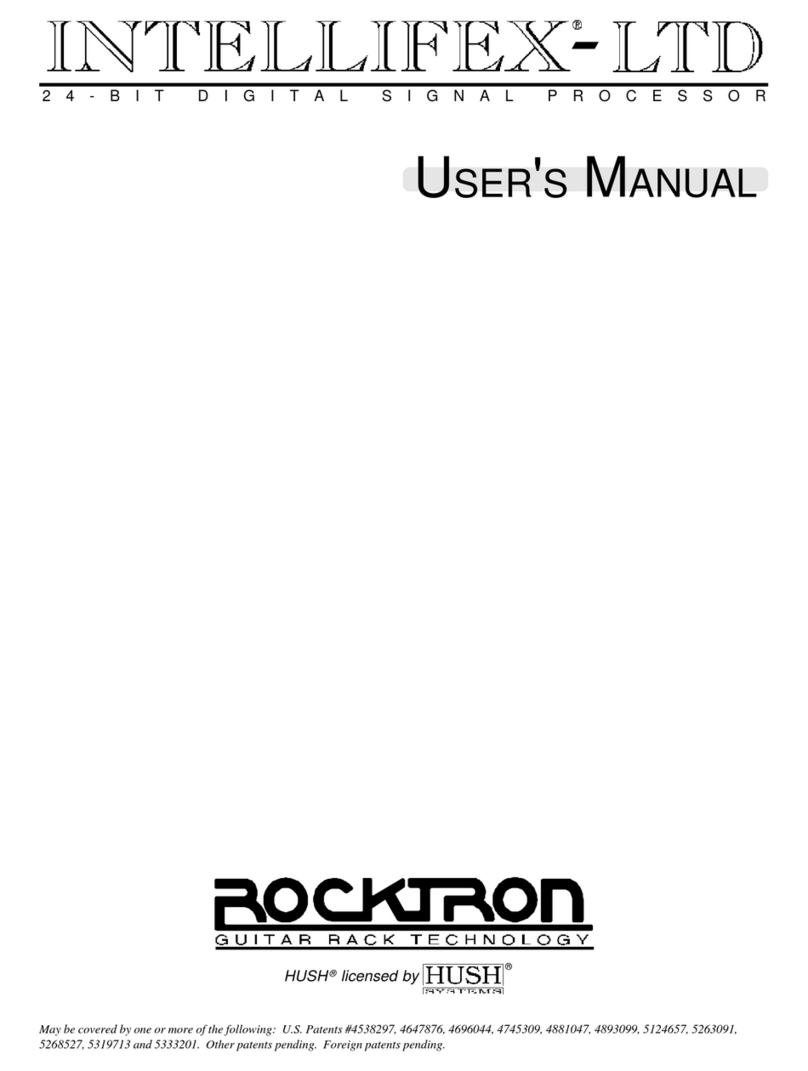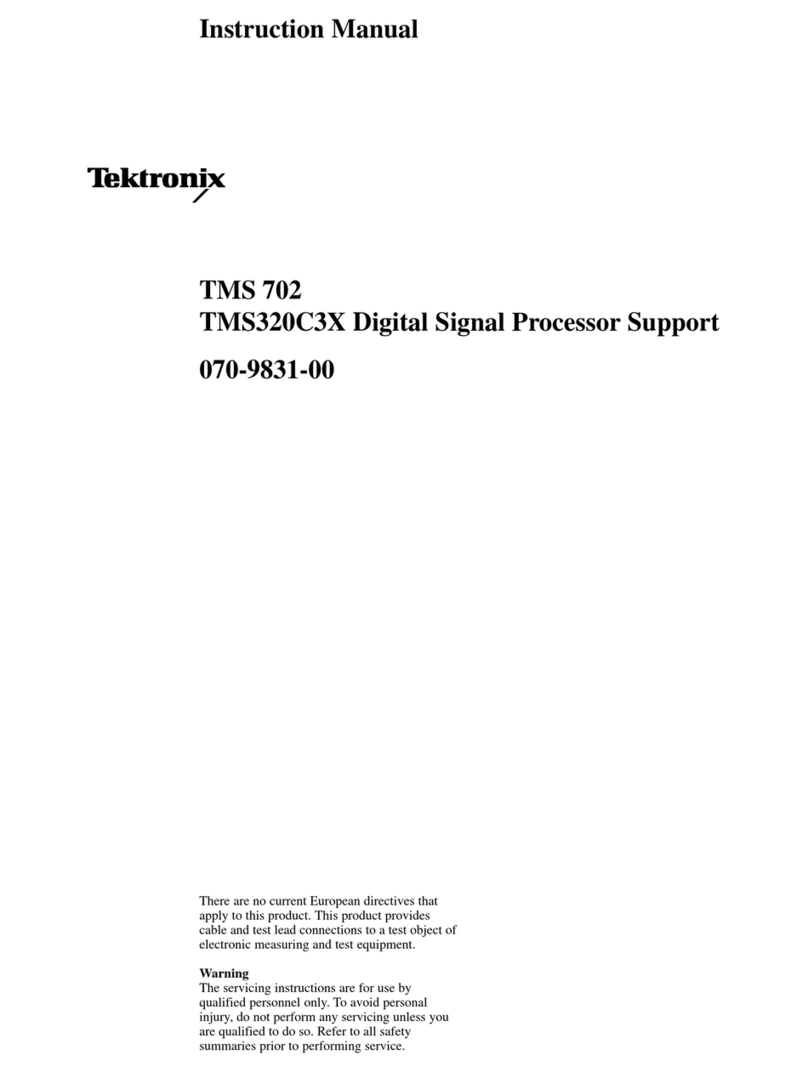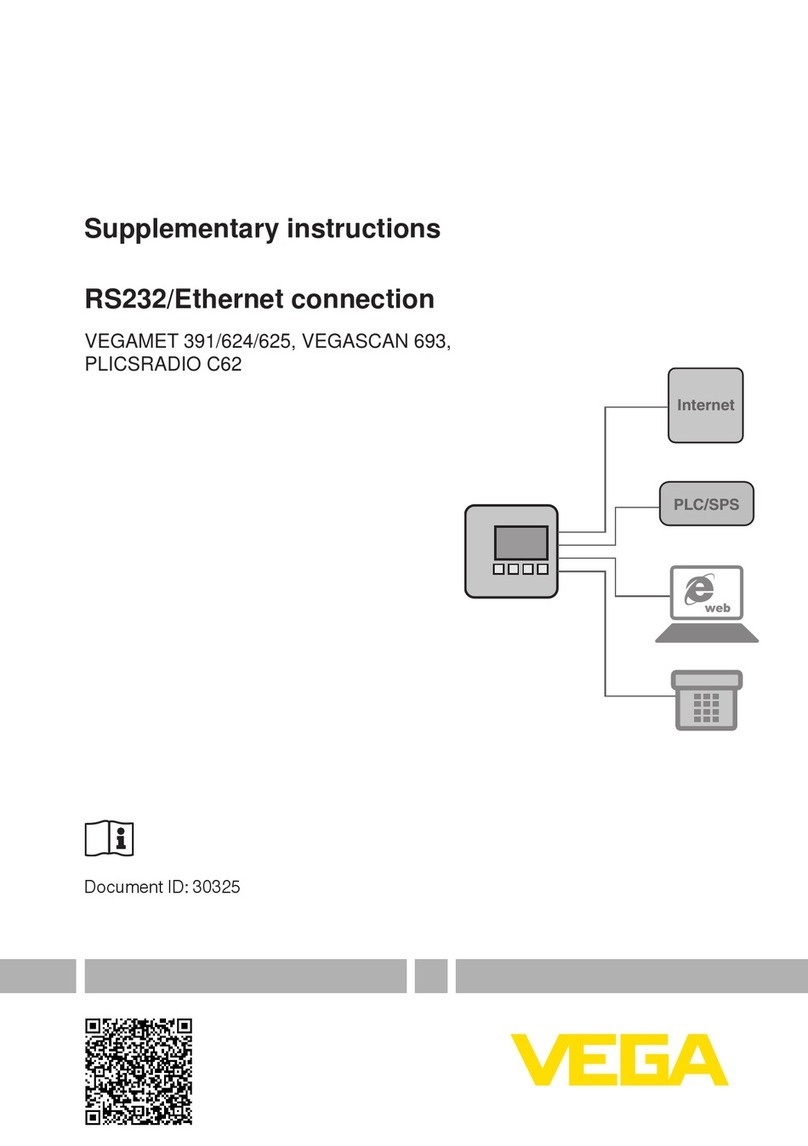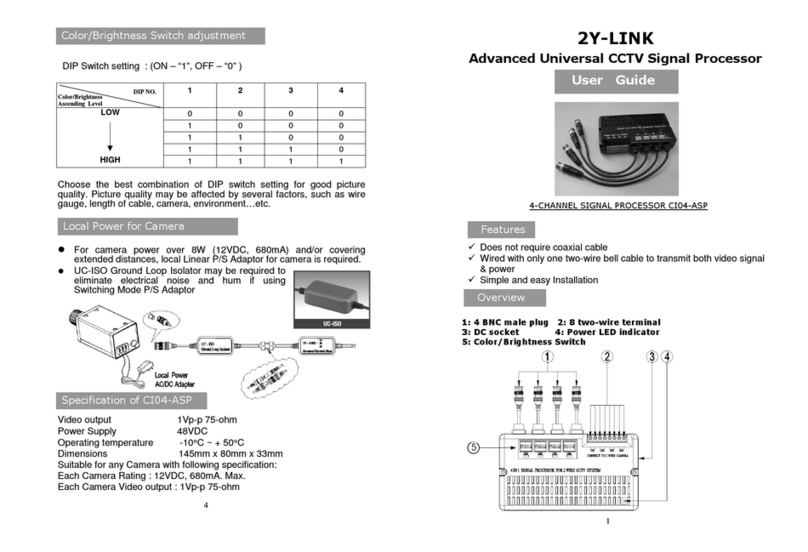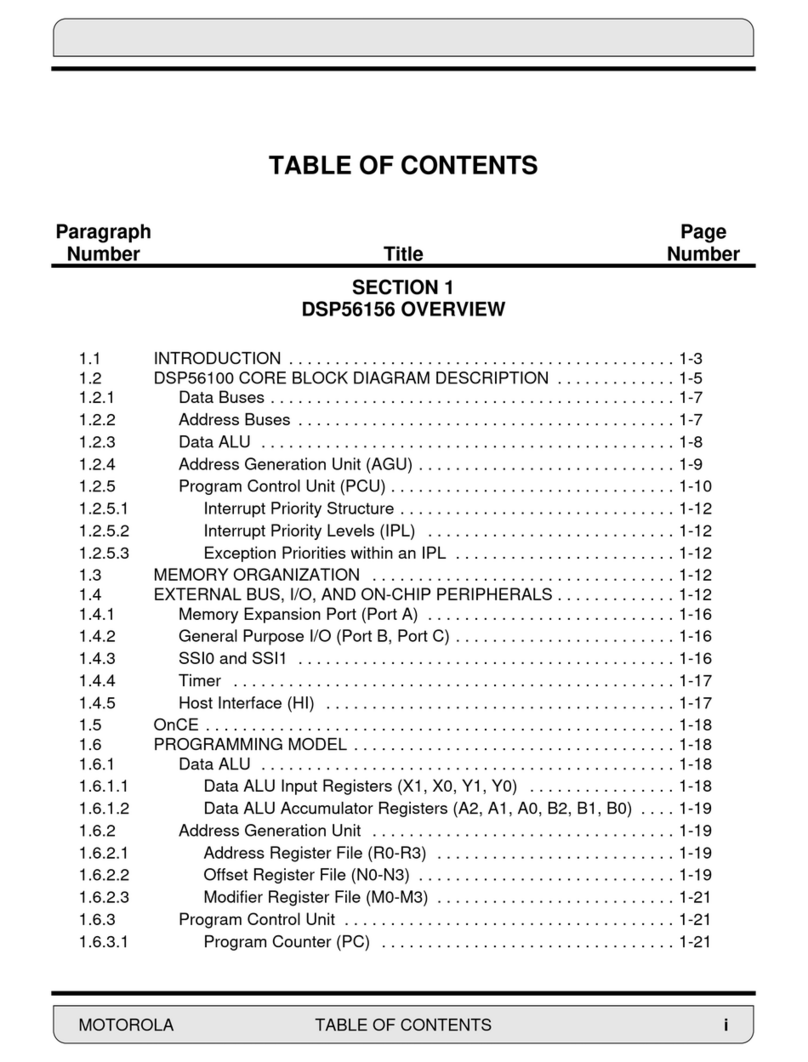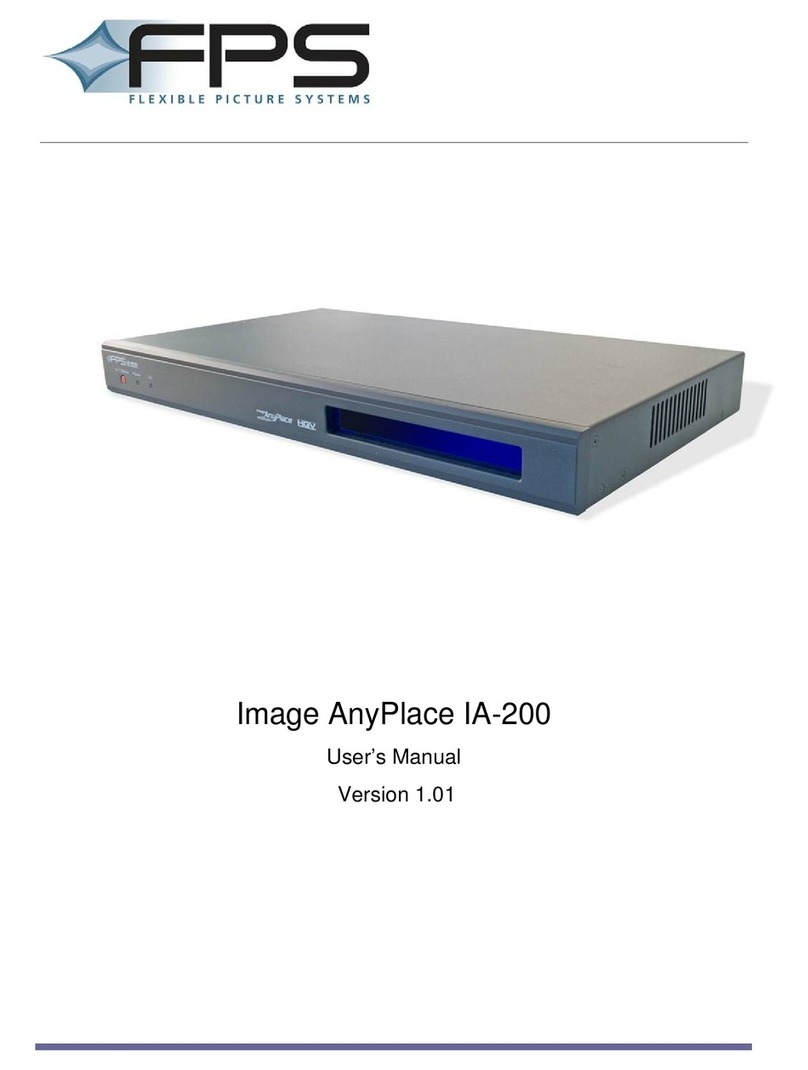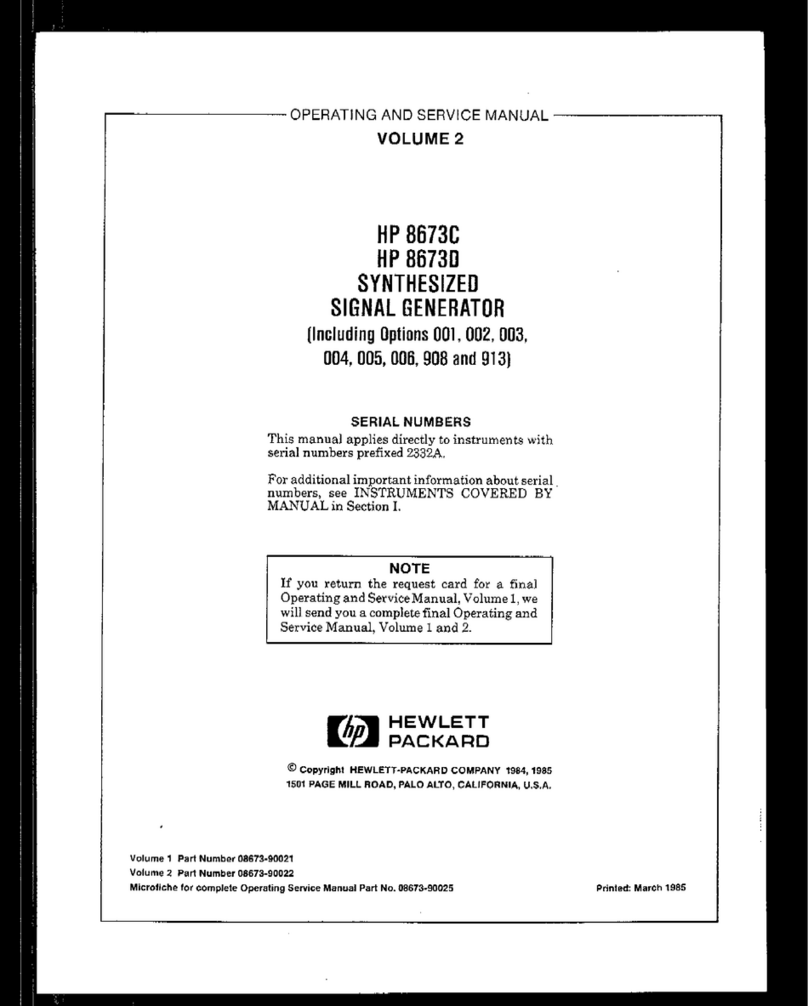
4-3-2
FMSTEREO
MODULATION
SETTING
.................................
28
4-3-2-1
Normal
Setting
................................v.........
2 8
4-3-2-2
DirectSetting
......*«.«....<...«........................
2 8
4-3-2-3
PresetSetting
...........................................
2 9
4-3-3PILOTLEVELSETTING
.........................
• 2 9
4-3-4
AM
MODULATION
SETTING
— — — —
...............
2 9
4-3-4-1
Normal
Setting
...........................................
3 0
4—3
~
4~2
DirectSotting
®®©o©©©©o»»fl>o©©ooe©©©Qooeoo©oa©o©®ooo©©®o©o@
2 Q
4-3-4-3
PresetSetting
...........................................
3 0
4-4
ADDRESS
SETTING
.............................
3 0
4-4-1
NORMAL
SETTING
...............................................
3 0
4-4-2DIRECTSETTING
....................
3 1
4-5
ADDRESSMEMORIZATION
.............................................
3 2
4-6
ADDITIONALFUNCTIONS
.............................................
3 2
4-6-1
AFFUNCTIONS
................
3 2
4-6-2
ADDRESSROTATIONFUNCTION
....................................
3 3
4-6-3
SECOND
FUNCTIONS
.............................................
3 4
4-6-4SPECIAL
FUNCTIONOFSTOKEY
..................................
3 4
4-6-5
BACK-UPFUNCTION
.............................................
3 5
5
.
MAINTENANCE
..................................................
3 6
5-
1
FUSE
REPLACEMENT
.................................................
3 6
5-2
VOLTAGE
CHANGE
...................................................
3 7
4


